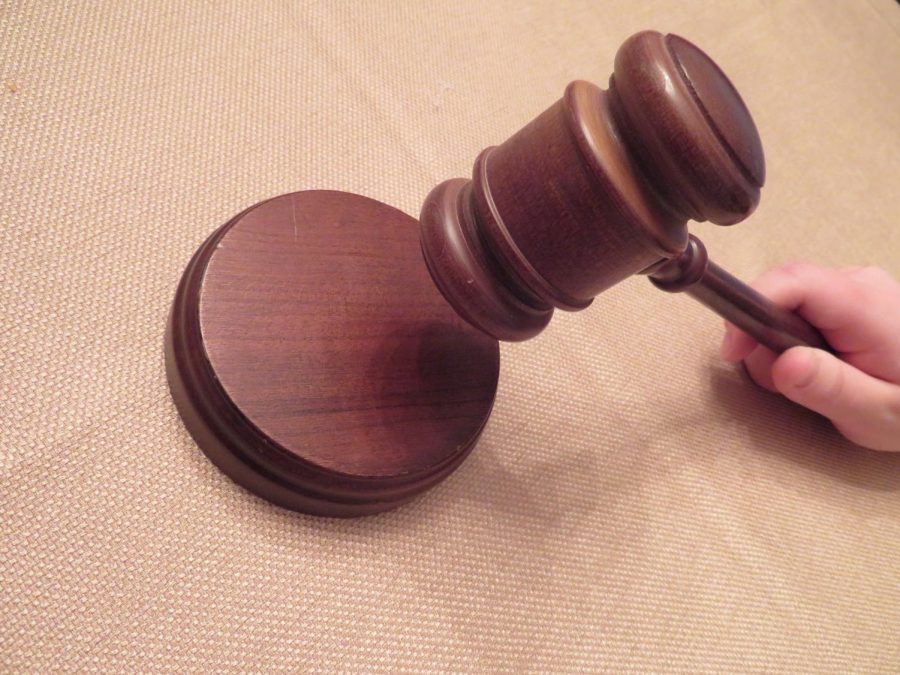Supreme Court Decision Reinforces Eighth Amendment
The Supreme Court decision regarding the Timbs v. Indiana case sets a precedent for future cases at all levels of the judicial system.
Supreme Court rules excessive bail as unethical.
The Supreme Court has issued a unanimous decision regarding the Timbs v. Indiana case that, for the first time, enforces the Eighth Amendment’s applicability to the States on Wednesday, February 20. The case set a new precedent that dictates that state level courts cannot issue excessive bail or fines.
In Timbs v. Indiana, Tyson Timbs was arrested for dealing heroin and conspiring to commit theft, both charges to which he pleaded guilty. The state of Indiana gave him six years in jail and a $1,200 fine as punishment for his crimes. However, the state also demanded the forfeiture of his Land Rover SUV, the vehicle used to commit the crimes. The SUV was $42,000 when Timbs purchased it.
Because the maximum fine established for his case was $10,000, he argued that this qualified as an excessive fine according to the Eighth Amendment. After being denied at the Indiana Court of Appeals, Timbs took his case to the Supreme Court.
The Supreme Court voted unanimously in favor of Timbs claiming that the Eighth Amendment does apply to the states under the Due Process Clause of the Fourteenth Amendment. Senior Corinne Wolf explained why this decision is so monumental.
“It protects citizens from the states,” Wolf said. “It’s also a major victory for criminal justice reform.”
The Due Process Clause ensures that civil liberties established in the Bill of Rights apply to state and local governments, but only a select few of the first ten amendments have been subject to this kind of change. AP Government and Politics teacher Meghan McDonnell spoke on the importance of paying attention to similar cases.
“It’s part of the Bill of Rights and it’s about our individual freedoms and liberties,” McDonnell said. “We don’t want the states to be able to take them away from us. The federal government already can’t and now it’s at the state level.”
The unanimity of the decision is also something typically uncommon for the American people to see. Considering the Supreme Court is currently a mixture of conservative and liberal justices, one would expect to see at least one differing opinion. McDonnell explained what this means about our judicial system.
“It shows that our justices aren’t ruling based off of their own political beliefs,” McDonnell said. “They’re actually using the Constitution and ruling from there.”
This case not only set a new precedent in all levels of the judicial system, but also demonstrated the competence of the highest court.


